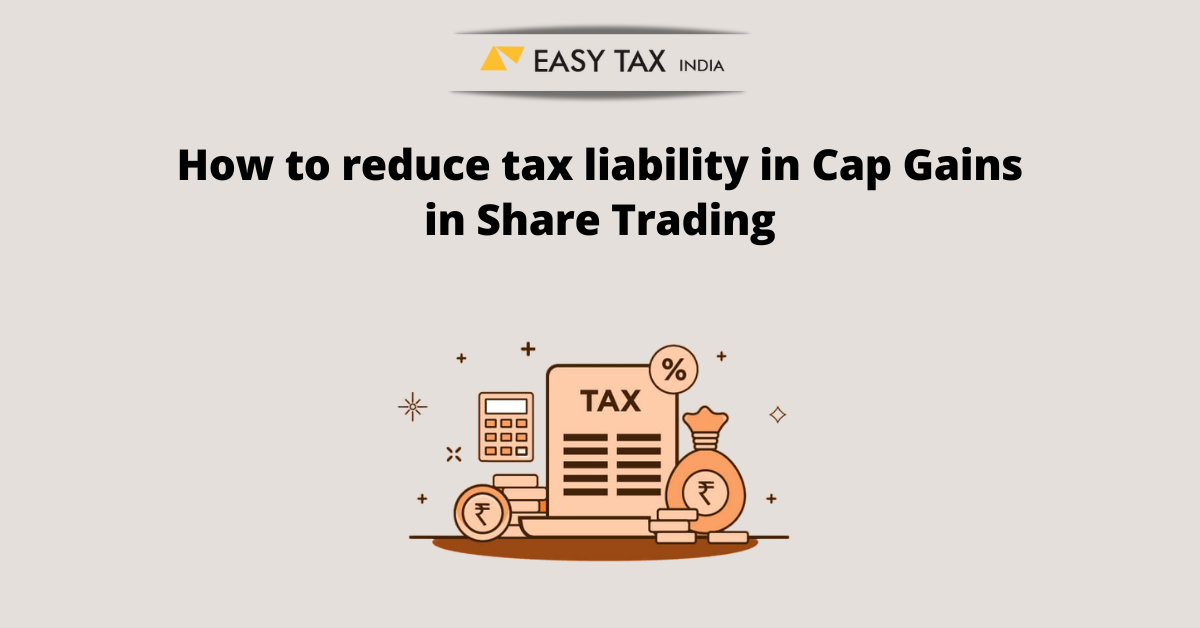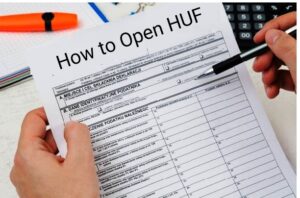Here we are going to describe how a person can save on taxes by taking some simple steps.
Step 1: Identify the Loss-Making Shares
Step 2: Sale the Loss-Making Shares
Step 3: Buy the Loss-Making shares again at the same price, to balance the position
And this is done. Now let us understand this with an example
Example
Mr. X has the following Shares
Share Purchase Cost — Present Value —- Profit / ( Loss)
Share A 1,00,000 1,50,000 50,000
Share B 3,00,000 2,00,000 (1,00,000)
Share C 5,00,000 3,90,000 (1,10,000)
So now, in this example, Mr. X needs to sell the Share B and C for 90% value
And then need to buy the same shares at same value
Now the position will be as follows:-
Share Purchase Cost — Present Value —- Profit / ( Loss)
Share A 1,00,000 1,50,000 50,000
Share B 2,00,000 2,00,000 0
Share C 3,90,000 3,90,000 0
By doing this, Mr. X has booked loss for Rs. 2,10,000/-
This loss of Rs. 2,10,000/- can be carry forwarded to the next 7 years to adjust from the profit of Cap Gains.
Generally there is a thought process, that people only book profits and belive that it is the right approcach, becasue this is how they are selling the shares only in the profit.
But in case a person only sells the share in profit and do not book the losses, he ends up paying huge taxes, despite the fact that he can save it by booking some losses.
Conclusion: One should book the losses as well, but should ensure that the same quantity of shares are bought back at same time in same rate to avoid change in position. This is how money could be saved in the form of taxes




